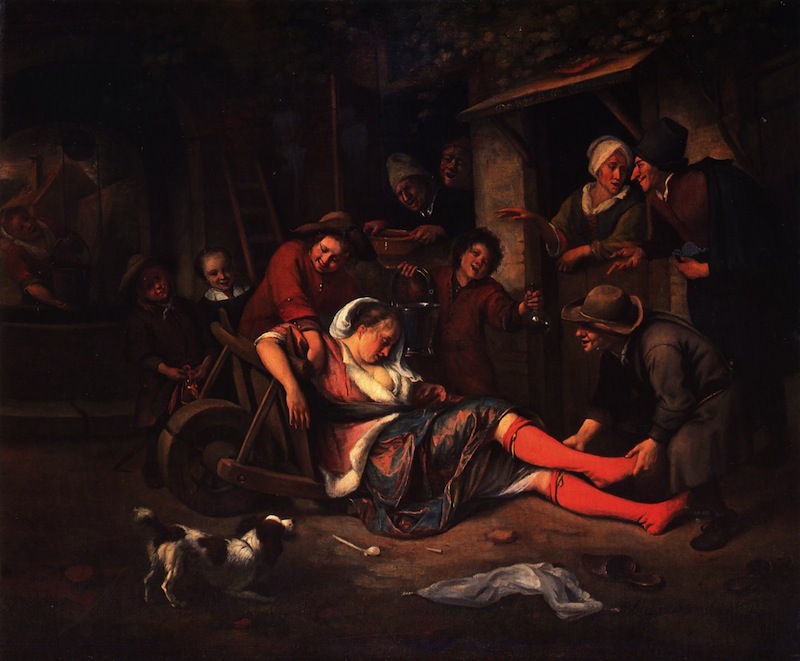
IoT Industry Snapshot and Predictions
The industrial Internet of Things community is finally beginning to sober up from the bacchanalia of counting connected IoT devices and terabytes of cloud data storage that has dominated the IoT narrative for too long.
IoT platform vendors and consultants are shifting their focus from the lower rung of the IoT technology stack that focuses on device connectivity to the other end of the stack, to technologies that provide meaningful business value: multidisciplinary data aggregation, complex data analytics and higher capacity for optimal decision-making.
Robust articulation of the business value of industrial IoT has been absent from much of the narrative, in the vein of “if you build it, they will come.” Many IoT platform vendors provide tools to draw snazzy dashboards, plot complex data graphs and display virtual gauges. But their data analytics tools are not as robust and trending and predictive capabilities are over optimistic. And the recent rush to add statistical analysis tools (often linear regression tools masqueraded as artificial intelligence and machine learning) will face real-world challenges of data biases, inconsistency and scale.
Mergers and Acquisitions
IoT platform vendors—and there are hundreds of them—that chose to concentrate on connectivity and device management are losing much of their differentiating and competitive edge. Connectivity, after all, is quickly becoming commoditized, and cloud providers offer increasingly capable IoT microservices and containerization, allowing IoT developers to focus on business value creations.
Commoditization of connectivity and the focus on enterprise business value will lead to a slowdown in the wave of acquisitions and consolidations that has started with the acquisition of ThingWorx by PTC half a decade ago. First to be impacted will be the market valuation of “pure-play” IoT platforms, followed by a slow decline in the number of mergers and acquisitions.
Augmented Reality
Contrary to the many that include augmented reality technology in the IoT space, I see AR as a separate technology. AR can leverage connectivity to add functionality and optimize workflows, but AR is certainly not dependent on IoT to operate and deliver business value. But following the habit of discussing AR in the context of IoT, here are my observations.
The AR space is much less mature than IoT in terms of business value creation and industry adoption. Although there are excellent one-off use cases and useful implementations of AR in industrial setting, there are even more instances of generic use cases that propose a yet-to-be-proven sustainable end-user value.
Successful implementations of AR-based solutions will focus on AR-assisted tasks that address knowledge gaps: the delta between task performance requirements and the knowledge and skills the individual performing the task possesses. Such gaps are frequently found in circumstances and are exacerbated by the continued egress of a highly experienced aging workforce from the workplace.
Steadily declining costs of wearable displays and AR-capable goggles will continue to encourage experimentation and deployment of AR and other types of visual task-performance aids. But many will fail to show sustainable business value. Successful initiatives, such as the application of Google Glass at Agco, will design solutions that are optimized to address well-defined knowledge and experience gaps that impact efficiency, quality and safety, and pay close attention to human factors in the target work environment.
Image: Wine is a Mocker (Jan Steen, 1663–64)
